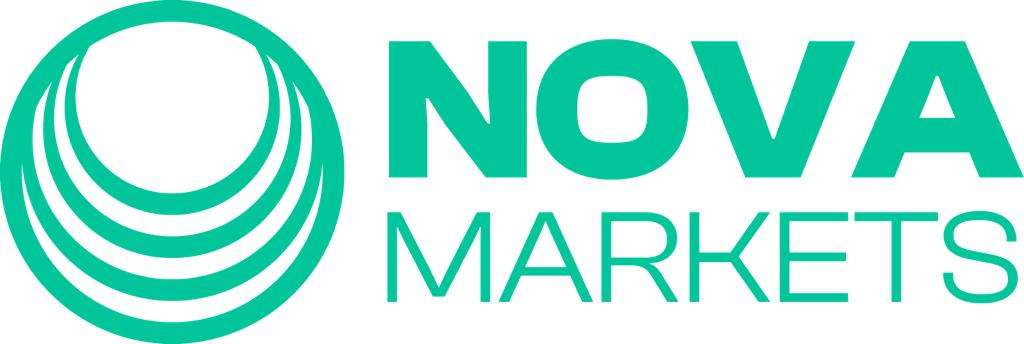RIGHT DeFi PLATFORM: Decentralized finance, or DeFi, has emerged as a popular way to manage financial transactions in a decentralized manner, allowing individuals to control their own assets without the need for intermediaries like banks. With the increasing popularity of DeFi platforms, it can be challenging to choose the right one that suits your needs. In this article, we will discuss some essential factors to consider when choosing a DeFi platform.
What to consider when choosing a DeFi Platform
Security:
The first and most important factor to consider is the security of the platform. DeFi platforms typically operate on a blockchain, making them secure, transparent, and tamper-proof. However, there have been instances where hackers have found vulnerabilities in DeFi protocols and stolen funds. Therefore, it is essential to choose a platform that has undergone rigorous security audits, has a good track record and employs measures to secure user funds, such as multi-signature wallets, cold storage, and insurance. Some of the security measures to look out for include multi-factor authentication, cold storage wallets, smart contract audits, and insurance coverage. It’s also important to research the reputation of the platform and its development team, as well as any past security incidents or vulnerabilities.
User interface and experience:
The user interface (UI) and experience (UX) of a DeFi platform can significantly impact your ability to use the platform effectively. Some platforms may have a steep learning curve, while others may be more user-friendly. Therefore, it is crucial to choose a platform that provides a seamless user experience with a user-friendly interface. The platform should have a user-friendly interface that is easy to navigate and understand. The platform should also provide clear instructions and guides on how to use its features and services. Additionally, it’s important to look out for platforms that offer 24/7 customer support, as this can be helpful in resolving any issues that may arise.
Liquidity:
Liquidity refers to the ability to buy or sell assets on a platform quickly. A platform with high liquidity will allow you to buy or sell assets without significant price slippage. Therefore, it is crucial to choose a platform with a high trading volume and a significant number of users. It’s important to choose a DeFi platform that has high liquidity, as this ensures that trades can be executed quickly and at a fair market price. Some platforms offer higher liquidity for certain assets or trading pairs, so it’s important to research the liquidity of the assets you plan to trade.
Fees:
DeFi platforms typically charge fees for transactions, such as swapping or trading tokens. It is essential to choose a platform with reasonable fees that do not eat into your profits significantly. Some platforms may have hidden fees, so it is crucial to read the terms and conditions carefully before using the platform. This means that the platform should not be controlled by a single entity or party and that the community has a say in the platform’s governance and decision-making. Additionally, it’s important to choose a platform that is transparent in its operations and code, and that allows for peer-to-peer transactions without the need for intermediaries.
Reputation:
It is essential to choose a DeFi platform with a good reputation in the community. You can read reviews and feedback from other users to get an idea of the platform’s reliability, transparency, and overall performance.
Token support:
DeFi platforms support various tokens, and it is essential to choose a platform that supports the tokens you want to use. Some platforms may support only a limited number of tokens, while others may have a broader selection. Additionally, some platforms offer their own native tokens that can provide additional benefits, such as reduced fees or voting rights. It’s important to research the tokens available on each platform and their potential risks and rewards.
Governance:
DeFi platforms are community-driven, and some platforms allow token holders to vote on the platform’s future direction and development. It is essential to choose a platform that has a transparent governance system that allows you to have a say in the platform’s future.
Compatibility:
Finally, it’s important to choose a DeFi platform that is compatible with your preferred wallet or exchange. Some platforms may only support certain wallets or exchanges, so it’s important to research which platforms are compatible with your existing setup. Additionally, some platforms may require additional software or plugins to be installed, so it’s important to consider these requirements as well.
Examples of DeFi applications
RIGHT DeFi PLATFORM
Uniswap: Uniswap is a decentralized exchange protocol that enables the exchange of ERC-20 tokens on the Ethereum blockchain without the need for intermediaries.
Users can trade tokens directly with other users by depositing them into a liquidity pool, and Uniswap uses an automated market-making algorithm to determine the exchange rate.
Aave: Aave is a decentralized lending and borrowing platform that allows users to lend and borrow various cryptocurrencies without the need for a central authority.
Users can deposit their crypto assets as collateral and borrow other crypto assets at variable interest rates.
Compound: Compound is a decentralized lending platform that enables users to lend and borrow various cryptocurrencies.
The platform uses an algorithmic interest rate model to determine interest rates, which fluctuate based on supply and demand.
MakerDAO: MakerDAO is a decentralized lending platform that allows users to create and borrow a stablecoin called Dai. Users can deposit collateral in the form of Ethereum and other ERC-20 tokens, and then borrow
Dai at a fixed interest rate. The value of Dai is pegged to the US dollar, making it a stablecoin.
Curve: Curve is a decentralized exchange protocol that specializes in stablecoins.
It allows users to trade stablecoins with low slippage and low fees and also supports yield farming strategies that allow users to earn additional rewards for providing liquidity.
These are just a few examples of DeFi applications, but there are many more in the space. DeFi is a rapidly evolving ecosystem, with new platforms and applications emerging all the time.
Web-based platforms like DartAfrica are constantly looking for ways to help people convert their profits after trading on DeFis to fiat whenever they need. People opt to use DartAfrica because of its simple UI, lightning-speed transaction time, no hidden fees, high rates, and no third party, accounts are entirely managed by the users. Users just deposit only what they need to convert to fiat at that point in time and get their fiat instantly deposited into their DartAfrica wallet. This can easily be withdrawn into a local bank account. DartAfrica’s services are currently open to Nigerians and Ghanaians, plans are already in place to expand to other countries and also increase their crypto compatibility list.
In conclusion, choosing the right DeFi platform requires careful consideration of factors such as security, user interface and experience, liquidity, fees, reputation, token support, and governance. By taking the time to research and evaluate different platforms based on these factors, you can find a platform that suits your needs and provides a seamless DeFi experience.



